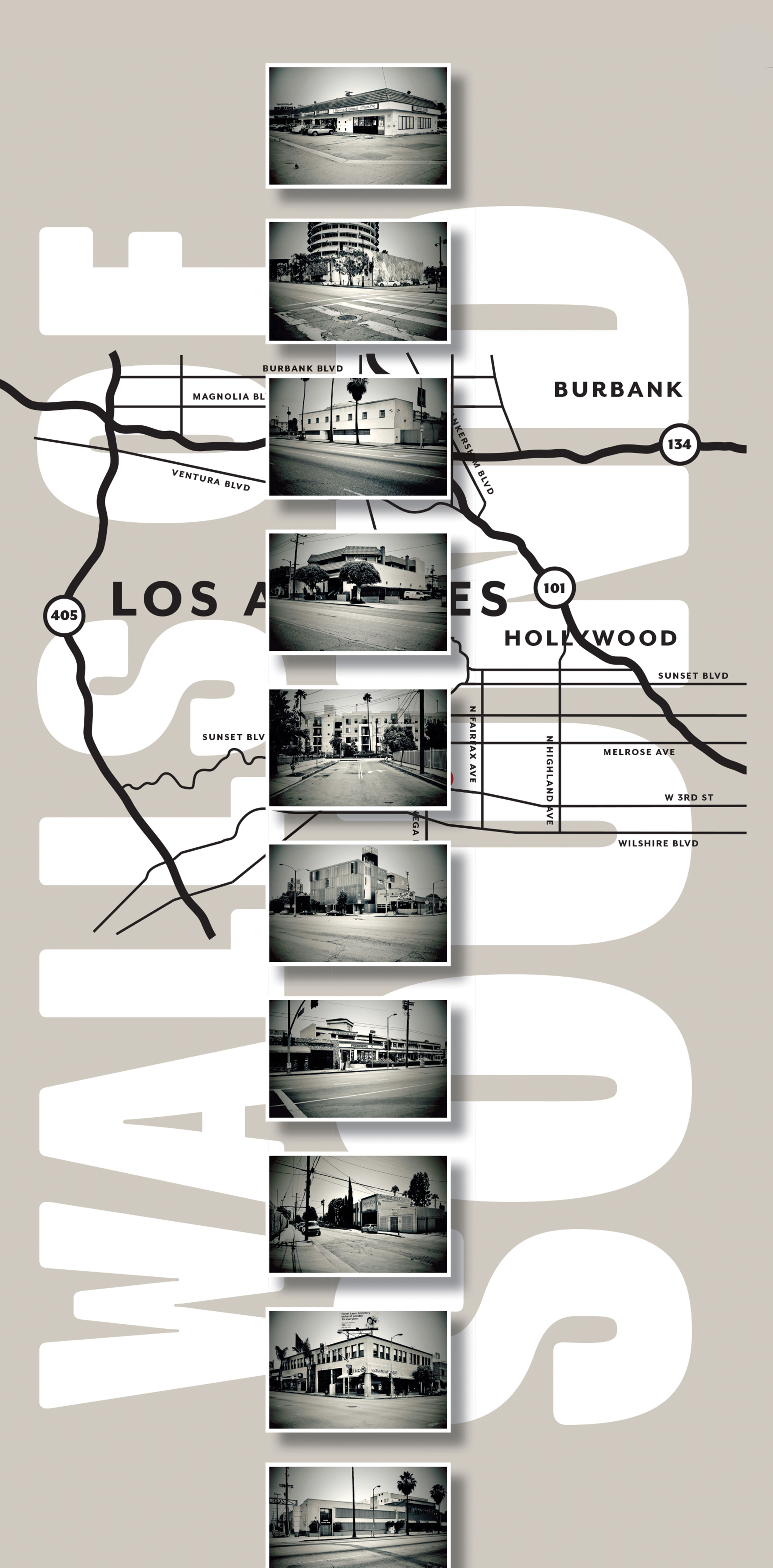Ever since I reviewed a silent, ionizing air purifier almost 20years ago [Tape Op #25], I've received countless requests to recommend an air cleaner for studio use. Just last month, I was asked this again. These days, I always suggest purchasing a fan-equipped filter that doesn't generate ozone — just run the cleaner during off-hours, when noise isn't an issue. I've had several Whirlpool Whispure AP51030K portable HEPA air cleaners [whirlpoolairpurifiers.com] for some years now. I chose this model based on positive reviews found in all the usual places, including Consumer Reports, and I've been very satisfied. I also own a couple of "medical-grade" IQAir purifiers [#47], but these are 3x the cost of the Whispure. Most recently, with the addition of a kitten in the house, I purchased a Honeywell HPA300 portable HEPA purifier [honeywellstore.com] for significantly less than what I paid for the Whispure, even though the two models have similar ratings for effectiveness in CR's lab tests. The Honeywell does a great job of keeping airborne particles and allergens at bay, but I dislike its finicky touch-sensitive controls, and it's not as quiet as the Whispure at low speed. ••• Importantly, any air cleaner will perform better if you regularly vacuum the floor and other dust-collecting surfaces. I will admit that I am an unequivocal vacuum-cleaner geek, so I will share my opinions on this subject with ardor. Dyson makes crappy vacuums, and I will only minimally consume wordcount to say that Dyson's marketing and gimmickry don't make a great product. On the other hand, Miele [homecare.mieleusa.com] makes the best canister vacuums. I've owned one for two decades, and it still performs flawlessly. Granted, when parts wear, OEM replacements aren't cheap; but every component can be readily disassembled with common tools and easily replaced. (Contrarily, other Miele home appliances that I've owned have been ridiculously difficult and exorbitantly expensive to repair, so I wouldn't purchase anything else from Miele.) I'd recommend getting one of the simpler, lower-cost vacuums versus the upsold ones with all sorts of over-engineered features. (E.g., my wife purchased a higher-priced Miele with an articulating handle on the hose, and the stupid handle gives me less control vs. just grabbing the rigid portion of the hose— and the damn handle broke anyway.) The Miele C1 series starts at $300 (cheaper than a Dyson), and you can add a HEPA filter (which is a consumable item) at any time. Choose a kit that includes the Miele SBB300-3 Parquet Floor Brush, because this floor brush is near-magical in its maneuverability, and it works wonderfully on hard floors and under/around furniture. Equally impressive is that its brush fibers are made of a mixture of polyamide and horse hair, so they don't contribute to electrostatic discharge (ESD). Same goes for the fibers of the Miele Dusting Brush attachment. I've used mine to vacuum ESD-sensitive computer motherboards and the like. (Do not do this with a nylon brush!) ••• Another cleaning product category I'll mention quickly is touchscreen wipes. Touchscreens are ubiquitous, and sometimes, a dry cloth won't cut through the studio grime that accumulates on them. Being an eyeglass wearer and an amateur photographer, I've tried many different brands of pre-moistened wipes. By far, the best electronics wipes I've used are from iCloth [iclothproducts.com]. (I know, you're probably snickering at the brandname because it seems as dated as the clickwheel interface.) Three sizes are available, but even the smallest is sufficient for cleaning the screen of my Microsoft Surface Pro. Because iCloth wipes are made of actual cloth, they feel less abrasive than paper-based wipes, they don't tear, and they hold their moisture longer. I find that a 3x5-inch iCloth is more effective than a paper wipe twice its size. –AH

